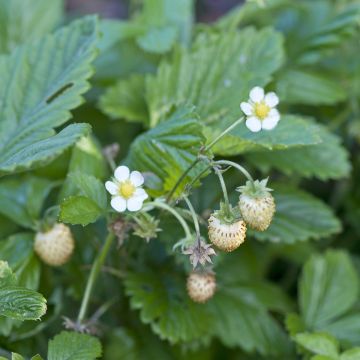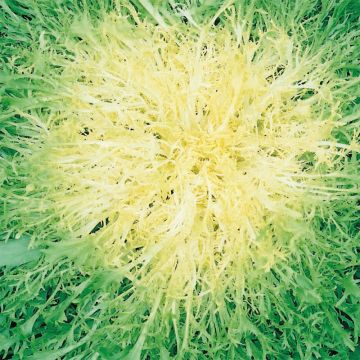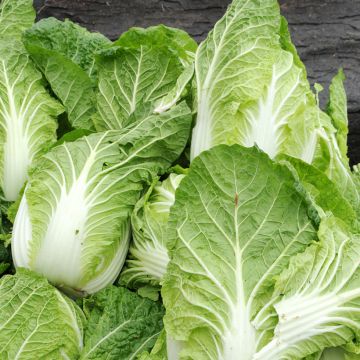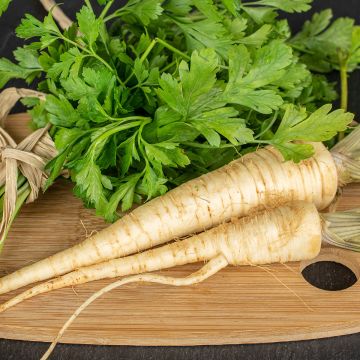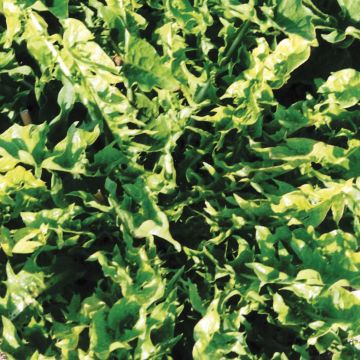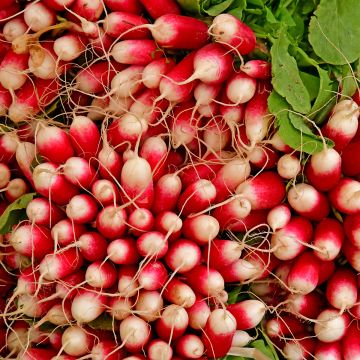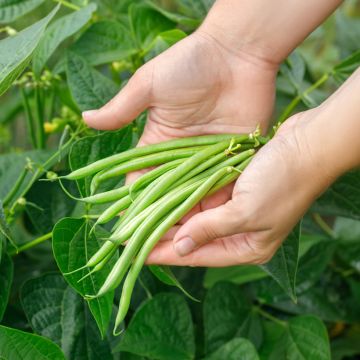

Mustard Red Giant - Ferme de Sainte Marthe Seeds
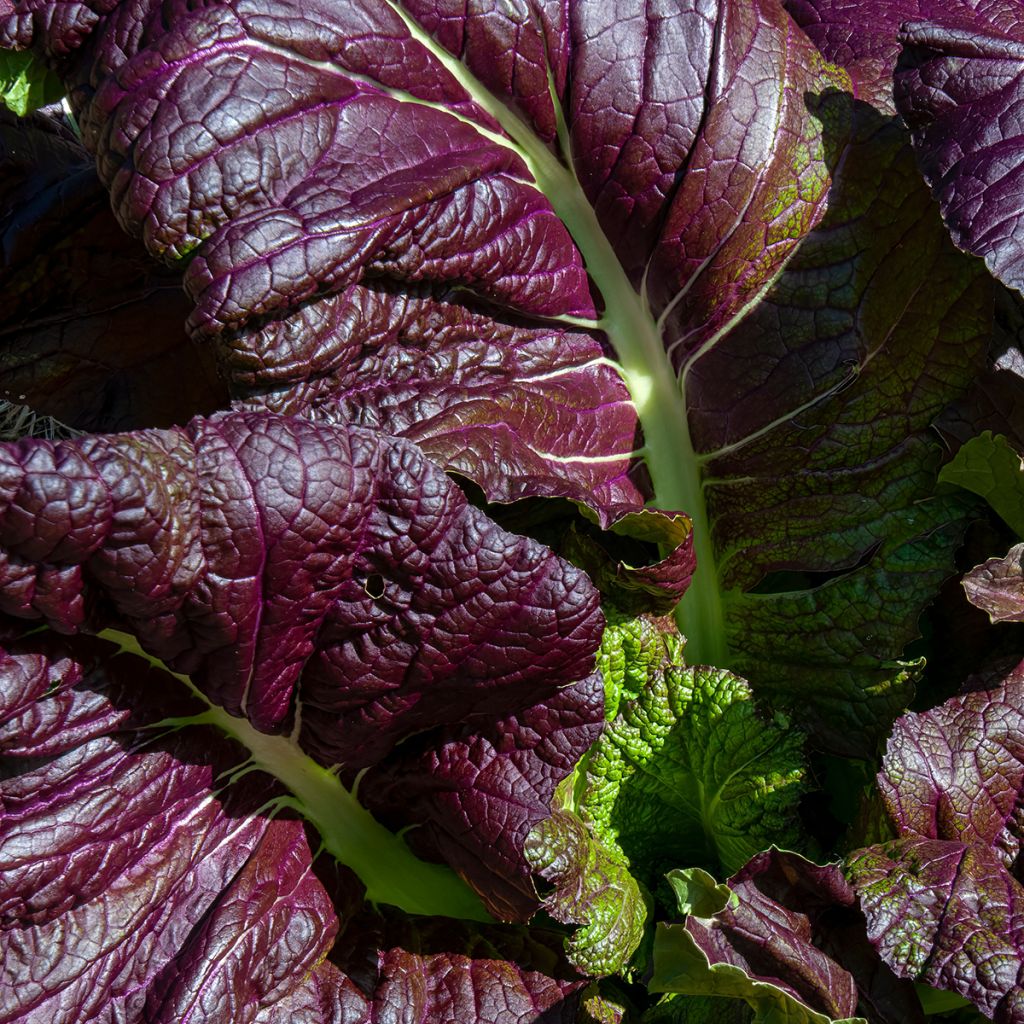

Mustard Red Giant - Ferme de Sainte Marthe Seeds
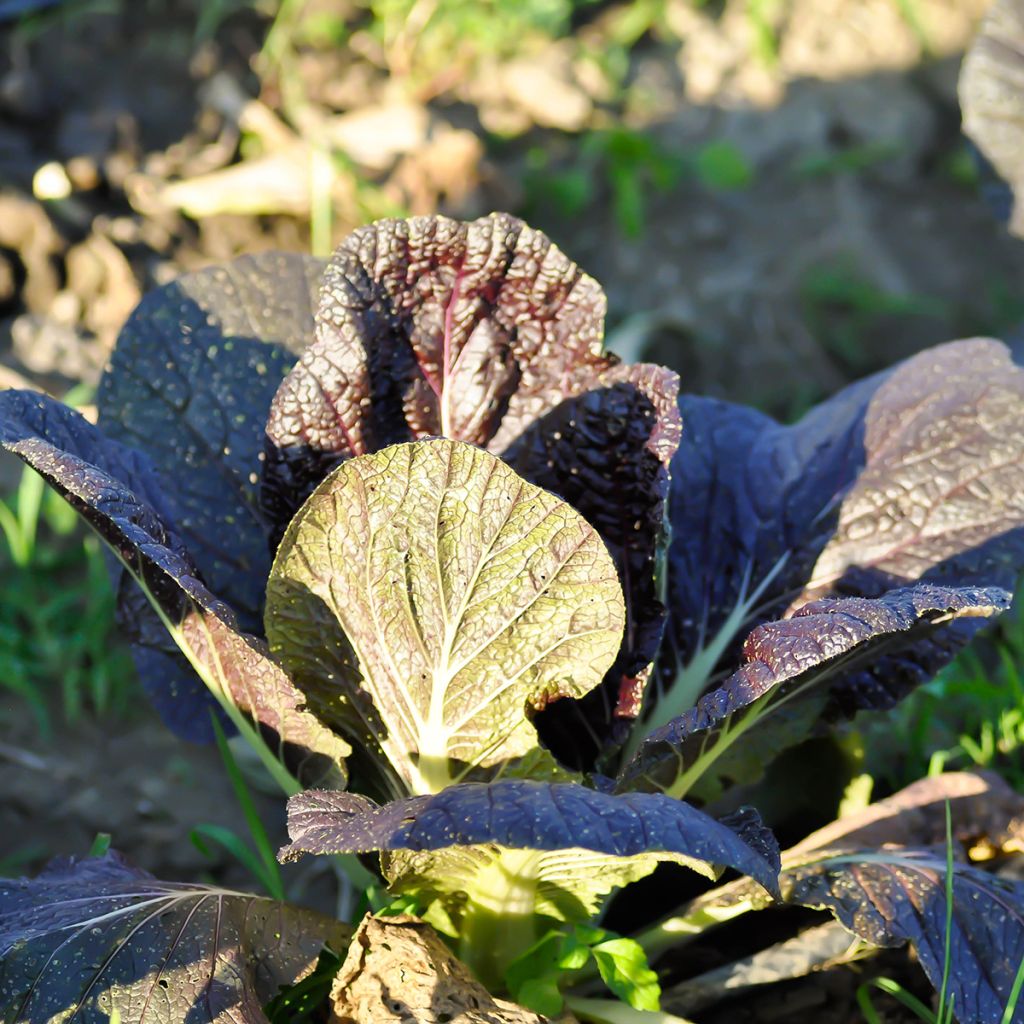

Mustard Red Giant - Ferme de Sainte Marthe Seeds
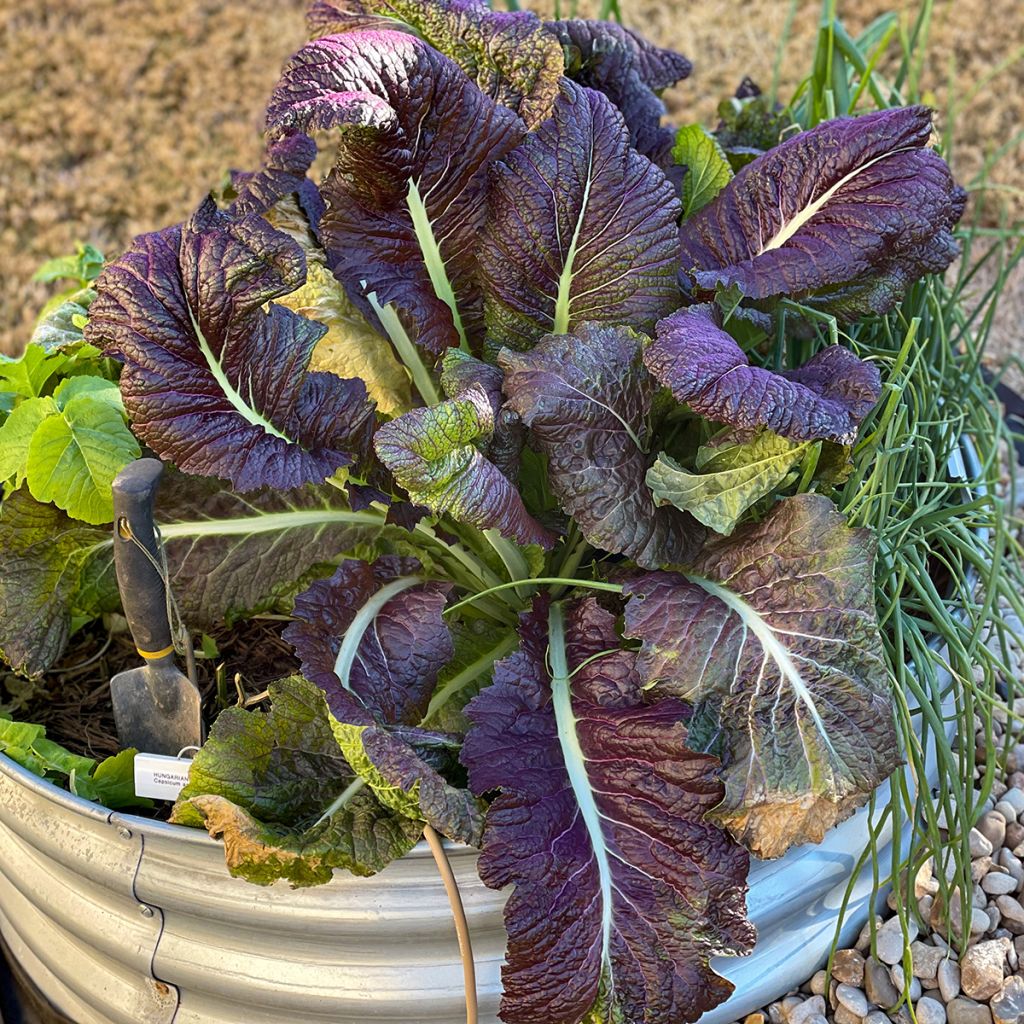

Mustard Red Giant - Ferme de Sainte Marthe Seeds


Mustard Red Giant - Ferme de Sainte Marthe Seeds
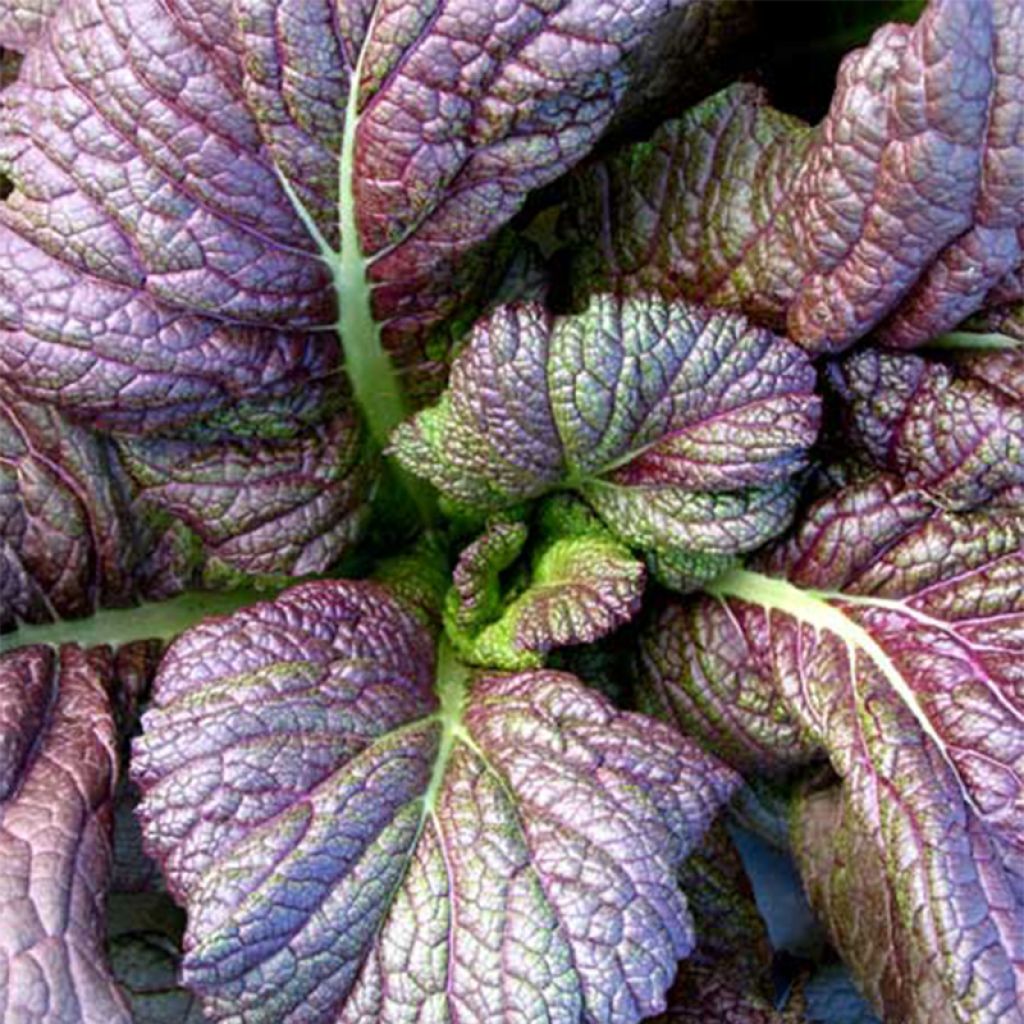

Mustard Red Giant - Ferme de Sainte Marthe Seeds
Mustard Red Giant - Ferme de Sainte Marthe Seeds
Brassica juncea Red Giant
Chinese mustard, Brown mustard
Seeded in a vegetable plot, only a few leaves have emerged from the ground. I am disappointed by the yield.
Barbara, 06/09/2022
Special offer!
Receive a €20 voucher for any order over €90 (excluding delivery costs, credit notes, and plastic-free options)!
1- Add your favorite plants to your cart.
2- Once you have reached €90, confirm your order (you can even choose the delivery date!).
3- As soon as your order is shipped, you will receive an email containing your voucher code, valid for 3 months (90 days).
Your voucher is unique and can only be used once, for any order with a minimum value of €20, excluding delivery costs.
Can be combined with other current offers, non-divisible and non-refundable.
Home or relay delivery (depending on size and destination)
Schedule delivery date,
and select date in basket
This plant carries a 6 months recovery warranty
More information
We guarantee the quality of our plants for a full growing cycle, and will replace at our expense any plant that fails to recover under normal climatic and planting conditions.
Description
'Red Giant' Chinese Mustard is a popular, fast-growing variety that forms 15-25 cm high plants with large, wavy, red-purple leaves. Excellent, spicy flavour that gets stronger with age. Sow in March-April and September-October. Harvest 2 months later.
Mustard is a fast-growing annual plant that is mainly grown as a green manure or fodder crop, although its seeds can also be used as a condiment. It produces masses of dense leaves on 50 to 80 cm high plants. Sow from March to September.
Oriental Mustard, also known as brown mustard or Chinese mustard (Brassica juncea), is a leaf vegetable that is native to southern and eastern Asia where it has been cultivated for hundreds of years. It belongs to the Brassicaceae family. Its leaves have a strong, spicy taste and are commonly used in Asian cuisine. They can also be cooked like spinach leaves, tossed in butter or cream or eaten raw in salads.
Oriental mustard greens are easy to grow, being both vigorous and cold-resistant. Ideal for winter crops! Mustard requires deep, rich soil, regular watering and plenty of sun.
Harvest: Harvest the leaves as and when required.
Storage: Mustard leaves will keep for several days in the refrigerator, however they are best eaten fresh.
Good to know: Avoid growing mustard before a crop of Brassicas such as cabbages. Mulching with grass clippings or dead leaves will help keep the soil moist whilst limiting weed growth. Cover your crops with fine insect netting or row covers to protect them against flea beetles.
Even if the vegetable garden is first and foremost a place for growing great quality veg, it’s always a good idea to leave a bit of room for flowers. Growing flowers alongside your vegetable plants will make your general gardening experience more enjoyable and is a great way to attract pollinators and repel garden pests! Flowers such as gaillardia, marigolds, zinnias, cosmos or nasturtiums can be sown in and around the rows of vegetables. Herbs such as dill can be very useful also. Bear in mind that some companion plants self-seed easily and can be a bit invasive (borage, chives, lemon balm etc.)
NB. Organic seeds (in French "AB" for "Agriculture Biologique") are produced from plants that aren't treated with phytosanitary products (insecticides, weed killers). The seeds do not undergo post-harvest treatment. They carry the AB label and are approved by Ecocert, an independent structure.
Mustard Red Giant - Ferme de Sainte Marthe Seeds in pictures




Harvest
Plant habit
Foliage
Botanical data
Brassica
juncea
Red Giant
Brassicaceae
Chinese mustard, Brown mustard
Cultivar or hybrid
Biennial
Planting and care
Sowing:
Sow from March to April or September to October in rows, 40 cm apart. Scatter the seeds lightly and cover with ½ cm of fine soil or sowing mix. Gently firm down and water. Make sure to keep the soil moist until germination (8 days on average).
Care:
When the plants have 4 to 5 true leaves, thin them out by keeping one plant every 25 cm. Hoe and water regularly.
Seedlings
Care
Intended location
Planting & care advice
-
, onOrder confirmed
Reply from on Promesse de fleurs
Similar products
Haven't found what you were looking for?
Hardiness is the lowest winter temperature a plant can endure without suffering serious damage or even dying. However, hardiness is affected by location (a sheltered area, such as a patio), protection (winter cover) and soil type (hardiness is improved by well-drained soil).

Photo Sharing Terms & Conditions
In order to encourage gardeners to interact and share their experiences, Promesse de fleurs offers various media enabling content to be uploaded onto its Site - in particular via the ‘Photo sharing’ module.
The User agrees to refrain from:
- Posting any content that is illegal, prejudicial, insulting, racist, inciteful to hatred, revisionist, contrary to public decency, that infringes on privacy or on the privacy rights of third parties, in particular the publicity rights of persons and goods, intellectual property rights, or the right to privacy.
- Submitting content on behalf of a third party;
- Impersonate the identity of a third party and/or publish any personal information about a third party;
In general, the User undertakes to refrain from any unethical behaviour.
All Content (in particular text, comments, files, images, photos, videos, creative works, etc.), which may be subject to property or intellectual property rights, image or other private rights, shall remain the property of the User, subject to the limited rights granted by the terms of the licence granted by Promesse de fleurs as stated below. Users are at liberty to publish or not to publish such Content on the Site, notably via the ‘Photo Sharing’ facility, and accept that this Content shall be made public and freely accessible, notably on the Internet.
Users further acknowledge, undertake to have ,and guarantee that they hold all necessary rights and permissions to publish such material on the Site, in particular with regard to the legislation in force pertaining to any privacy, property, intellectual property, image, or contractual rights, or rights of any other nature. By publishing such Content on the Site, Users acknowledge accepting full liability as publishers of the Content within the meaning of the law, and grant Promesse de fleurs, free of charge, an inclusive, worldwide licence for the said Content for the entire duration of its publication, including all reproduction, representation, up/downloading, displaying, performing, transmission, and storage rights.
Users also grant permission for their name to be linked to the Content and accept that this link may not always be made available.
By engaging in posting material, Users consent to their Content becoming automatically accessible on the Internet, in particular on other sites and/or blogs and/or web pages of the Promesse de fleurs site, including in particular social pages and the Promesse de fleurs catalogue.
Users may secure the removal of entrusted content free of charge by issuing a simple request via our contact form.
The flowering period indicated on our website applies to countries and regions located in USDA zone 8 (France, the United Kingdom, Ireland, the Netherlands, etc.)
It will vary according to where you live:
- In zones 9 to 10 (Italy, Spain, Greece, etc.), flowering will occur about 2 to 4 weeks earlier.
- In zones 6 to 7 (Germany, Poland, Slovenia, and lower mountainous regions), flowering will be delayed by 2 to 3 weeks.
- In zone 5 (Central Europe, Scandinavia), blooming will be delayed by 3 to 5 weeks.
In temperate climates, pruning of spring-flowering shrubs (forsythia, spireas, etc.) should be done just after flowering.
Pruning of summer-flowering shrubs (Indian Lilac, Perovskia, etc.) can be done in winter or spring.
In cold regions as well as with frost-sensitive plants, avoid pruning too early when severe frosts may still occur.
The planting period indicated on our website applies to countries and regions located in USDA zone 8 (France, United Kingdom, Ireland, Netherlands).
It will vary according to where you live:
- In Mediterranean zones (Marseille, Madrid, Milan, etc.), autumn and winter are the best planting periods.
- In continental zones (Strasbourg, Munich, Vienna, etc.), delay planting by 2 to 3 weeks in spring and bring it forward by 2 to 4 weeks in autumn.
- In mountainous regions (the Alps, Pyrenees, Carpathians, etc.), it is best to plant in late spring (May-June) or late summer (August-September).
The harvesting period indicated on our website applies to countries and regions in USDA zone 8 (France, England, Ireland, the Netherlands).
In colder areas (Scandinavia, Poland, Austria...) fruit and vegetable harvests are likely to be delayed by 3-4 weeks.
In warmer areas (Italy, Spain, Greece, etc.), harvesting will probably take place earlier, depending on weather conditions.
The sowing periods indicated on our website apply to countries and regions within USDA Zone 8 (France, UK, Ireland, Netherlands).
In colder areas (Scandinavia, Poland, Austria...), delay any outdoor sowing by 3-4 weeks, or sow under glass.
In warmer climes (Italy, Spain, Greece, etc.), bring outdoor sowing forward by a few weeks.












































